Byker regeneration. Ralph Erskine. Newcastle-upon-Tyne. United Kingdom 1969-1982
September 27, 2013

Project published in 10 Stories of Collective Housing
"The new Byker layout, implemented over 13 years, pointed from the very start to three aims which did not fully coincide with the spirit of the time. Firstly, to adapt to the characteristics of the location. Secondly, to preserve existing social bonds and thirdly, to convert the whole complex into a set of small communities each with their own identity. British Brutalism of the time, which forcefully imposed its striking forms, had no concerns about all this.
The final result creates a pleasant atmosphere with an informal look which does not overwhelm its environment. The private gardens on the south side of the Wall delimit the larger communal public spaces which serve to separate the Wall from the low-rise housing units. These gardens, each with its own layout and type of vegetation, break with the uniformity of the ground floor.
There also exist the Link Blocks which soften the transition between the built volumes, ranging from the semi-detached single-family homes to the massive undulating structure of the Wall. Their characteristic feature is their stepped sections. The central sector type comprises a three-bedroom maisonette with lower floor access and another flat above with deck access. On the ground floor, the dwellings have private gardens which have become overgrown with plants and which make us completely forget the mineral characteristics of the old Byker". a+t research group







Photos by Pablo Carretón
Project published in the book 10 Stories of Collective Housing, which dedicates 46 pages to the regeneration of Byker (chapter 09 Building moods).
RELATED POSTS
|
|
|


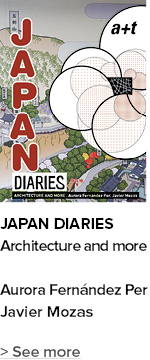




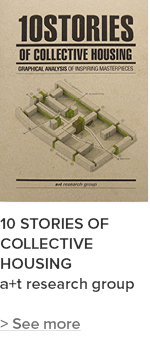

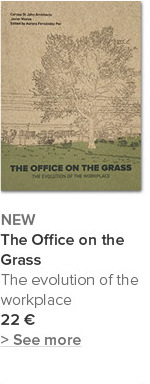

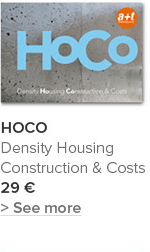

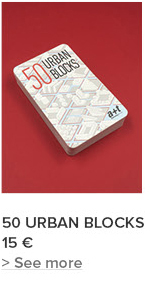
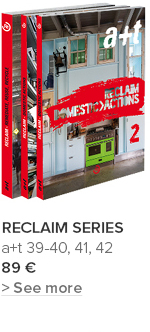

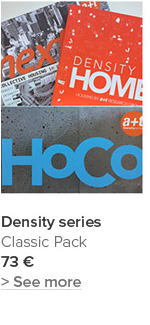









 I've read and agree to
I've read and agree to 


